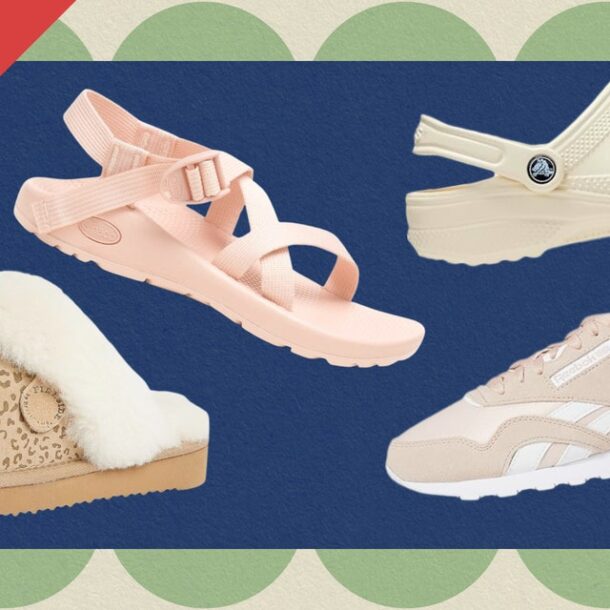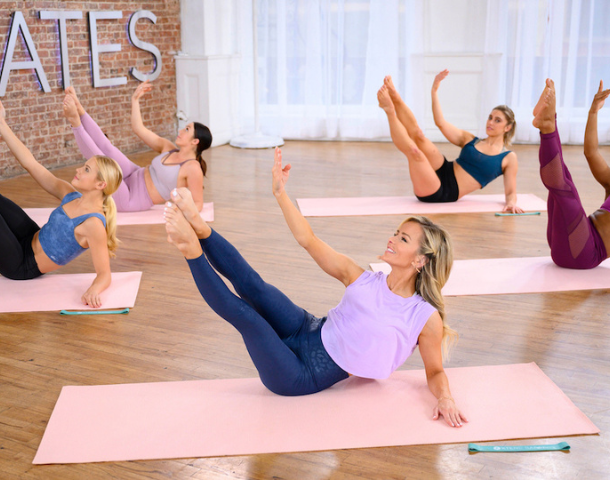
11 Calf Stretches That Will Feel Amazing If You’ve Been Sitting All Day
When you want to loosen up after a long day of sitting, you probably zero in on your hips and hamstrings. But calf stretches are important too—even though lots of us tend to overlook them.
“People tend to forget to stretch smaller muscles that are further away from the trunk of their body,” Sarah Otey, NYC-based certified personal trainer and instructor at NEOU Fitness, tells SELF. But that doesn’t mean your calves don’t deserve some extra attention; they play a major role in leg movement, and tightness can lead to pain, imbalances, and inefficiencies in other parts of your body.
That’s where calf stretches come in: Loosening up those tense muscles can help ease tightness—and soothe the discomfort that comes along with it. But first, before we get into some examples to try, let’s talk first about this important muscle group. That way, you can understand why devoting some TLC there can be so crucial.
What are your calf muscles?
Your calf muscles are made up of your gastrocnemius, which makes up the bulk of your lower leg, and the smaller soleus, which lies underneath it. These muscles connect up at your knee and at the bottom of your heel, Jan Schroeder, PhD, chair and professor of fitness in the department of kinesiology at California State University, Long Beach, tells SELF.
An even small muscle called the plantaris also runs between the gastrocnemius muscle and soleus, but not everyone has one of these—about 10% of people only have the gastrocnemius and the soleus, according to the Cleveland Clinic.
Your calf muscles help you perform a bunch of everyday movements. They’re responsible for plantar flexion, a movement when you point your toes, stand up on tiptoes, or press down on the gas pedal of your car. They’re also important for the development of explosive power, like when sprinting or jumping. Plus, they also engage during strength training when you’re performing lower-body compound exercises, such as the squat or the deadlift.
What causes tight, stiff calves?
Your calves get tight over time when you don’t move them through a regular range of motion, says Dr. Schroeder. For example, if you sit at a desk all day without walking around, your knee and ankle joints pretty much stay in one position (which means your calves aren’t moving either).
Related Articles
2023 Healmyselfnow @ All Rights Reserved


